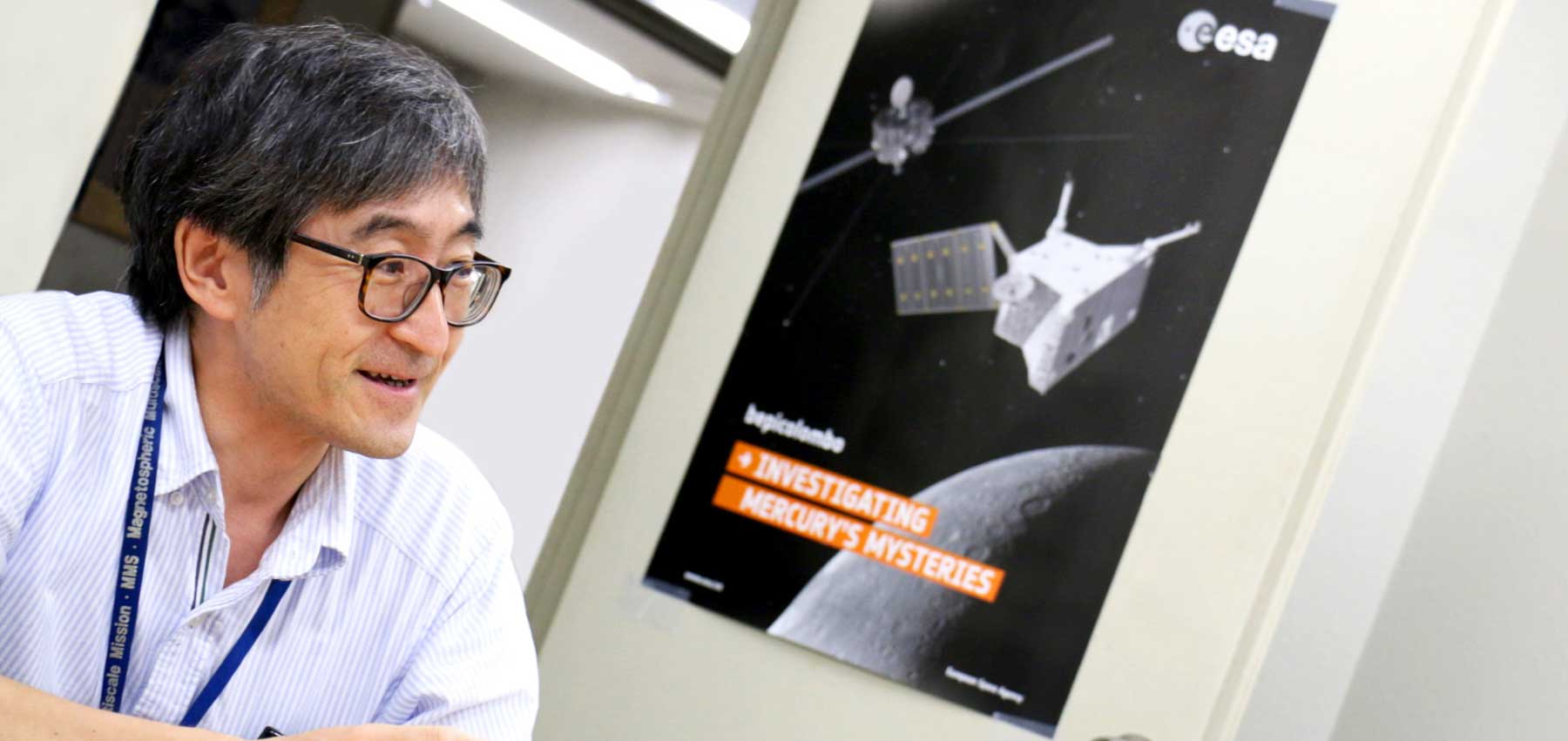
Vol. 1 / 2018.01.05
JUICE Player Interviews
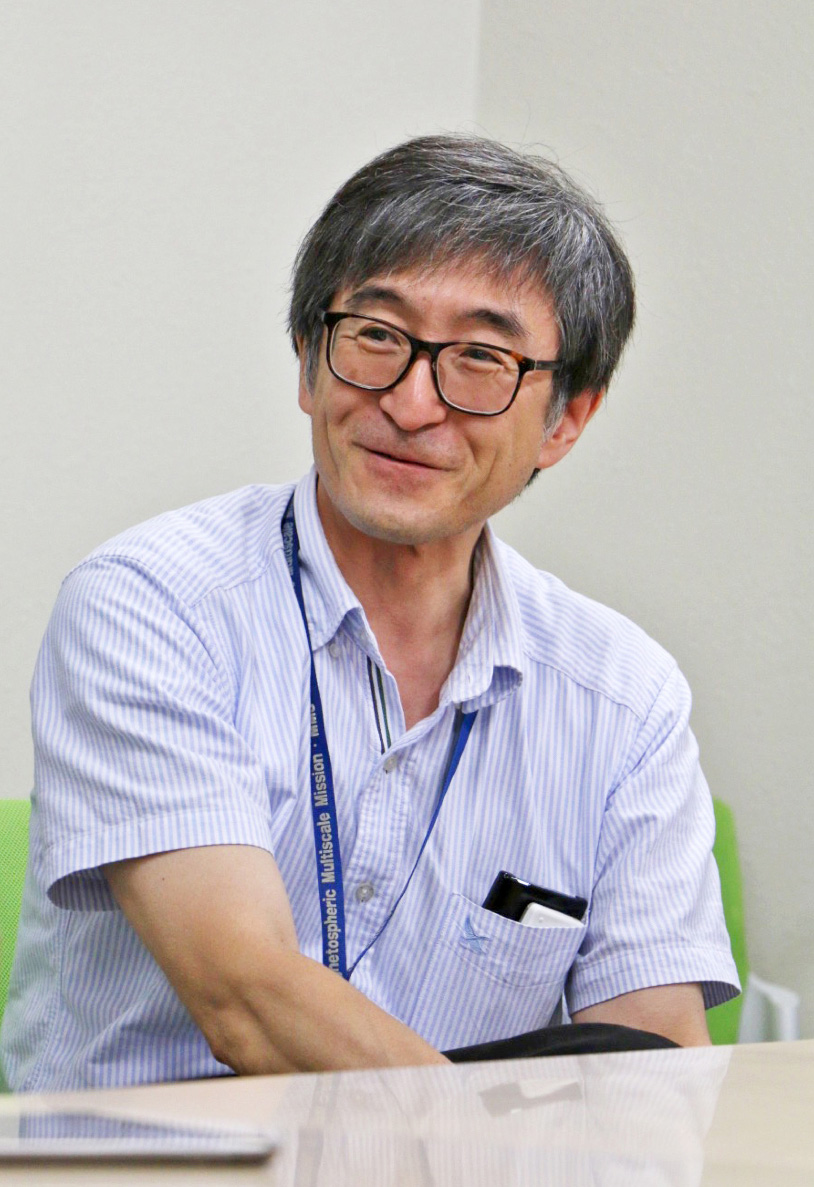
Objectives of JUICE and Background to Participation in this International Project
——The first interview is with JUICE JAPAN Project Manager Professor Yoshifumi Saito of the Institute of Space and Astronautical Science.
Today, space exploration is being promoted in various ways around the world. This includes JUICE, which is a particularly large-scale international cooperation mission. Please can you tell us about the objectives of JUICE and the background to the participation of Japan in this project led by ESA (European Space Agency).
Dr. Saito:
JUICE is a project led by ESA with the objective of gathering and analyzing data from Jupiter and from its icy moons. Regarding this objective, please visit the JUICE website for details.
The background to the involvement of Japan is deeply connected to the Mercury Plasma Particle Experiment (MPPE) and Plasma Wave Investigation (PWI), which were developed alongside researchers from Europe in the BepiColombo “MMO” scheduled to be launched in 2018. In addition, Japan responded to the request for participation after ESA contacted us due to the trust that had been built up from long-term and continuous results, including research outcomes in the field of terrestrial planets in the SELENE “Kaguya” lunar orbiter project in 2007.
——This international initiative is based on a long-term relationship of trust, then, but what exactly is Japan doing?
Dr. Saito: First, the easy answer is that Japan is in the position of developing and supplying observation equipment. On the Japanese side, we are cooperating with Europe on development to partially supply four equipment, namely, GALA, RPWI and PEP (from JAXA) and SWI (from NICT). Also, scientific involvement in the JANUS camera and the J-MAG magnetometer is ongoing.
——Are there any differences in comparison to domestic Japan-only projects?
Dr. Saito: In Japan-only manufacturing, we normally get involved at a point where there is an almost complete understanding of the object and its purpose. However, in the case of proceeding alongside researchers from other countries in this instance, we started by holding thorough discussions in order to understand the approach of each person from the outset, as each country has a somewhat different approach. This is the major difference from projects that take place only in Japan.
Coordination is incredibly challenging, of course, as production takes place among people from different cultures. However, by getting rid of the limitations and hesitations, and by maximizing on the characteristics of each country and each person, we’re noticing that there is an abundance of new concepts.
While the investigation is enjoyable in that it opens up the universe for mankind, I think that expanding the field of vision by means of liberal research will make a great contribution to human science.
——You originally specialized in the study of plasma, but what is the theme that you personally want to resolve through JUICE?
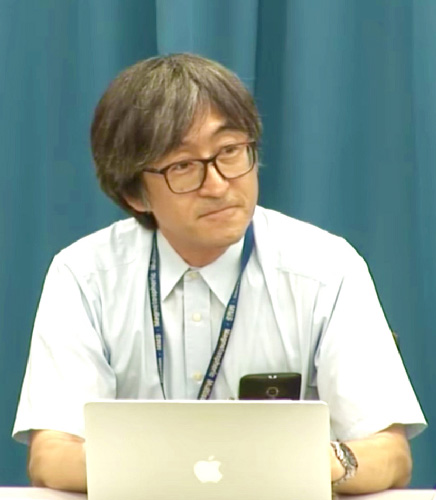
Dr. Saito: Until now, I have been measuring plasma in the magnetosphere around the Earth and in the aurora skies in the North Pole, for example. In the Kaguya (SELENE) lunar probe, plasma was measured where there is no magnetic field and where there is no atmosphere. In the BepiColombo (MMO) Mercury probe, the plasma will be measured in a situation where there is no atmosphere, although there is a magnetic field.
Now, we are talking about Jupiter… and on Ganymede, in particular, which is the biggest of Jupiter’s four large moons, there is a strong magnetic field but almost no atmosphere. The status of the plasma around Jupiter is different from the plasma around the Earth or the plasma in the solar wind, so we should be able to study the connection between astronomical objects and the surrounding plasma under new conditions.
Although the connections between astronomical objects and the surrounding plasma are varied, we will find specific laws if we can increase the number of observed examples, which should then lead to various other explanations. The more data we have, the closer we can get to a correct understanding.
We can make estimations based on the data that we have now, but there must still be unknown worlds that go beyond our imagination, and so we can expand the universe for mankind by measuring such “unknown” phenomena.
——Regarding plasma, we would like to take this opportunity to ask about the current status of the academic discipline of “plasma physics” in the scope of your research.
Dr. Saito: Currently, in the Earth’s magnetosphere and in the Aurora, we are gradually getting an understanding of what is happening as a whole when we make larger observations. This is the same for the individual phenomena that are the component factors of these phenomena. However, we still do not have a clear understanding of the related mechanisms as to the processes through which the component factors pass in order to form the whole. We cannot estimate the whole just by measuring small details, so we want to know more about the connections between them.
Also, when we perform new measurements in new areas, we always get new insights. The activity of plasma around the moon in the Kaguya project was of great interest, as it was very dynamic. Some of the ions around the moon are originated from materials on the lunar surface. That is to say, investigating ions is an effective way of knowing what materials exist on the surfaces of astronomical objects. In this way, an understanding of plasma, including the ions around moons and planets, requires research that coordinates other fields of study along with a knowledge of materials and other conditions. This also applies in JUICE.
Childhood
——Please can you tell us your first memory of being interested in space before you entered the difficult research of plasma?
Dr. Saito: My first memory regarding space was when I saw the rings of Saturn through a telescope that I had been given for my birthday. As for manufacturing, I really enjoyed making paper aeroplanes using 3D paper parts. My father made audio equipment as a hobby, so we had everything we needed at home for electronic circuitry work, and that influenced me to take an interest in electric circuits.
——Is there anything that connects your current equipment development to paper aeroplanes and electric circuits? Were you good at summer vacation homework projects?
Dr. Saito: Ah, it’s true that I won a prize for a summer vacation project. It was a savings box that was in the shape of a Buddhist offertory box, but if you lifted it up by hand it would give you a sharp electric shock, and it won the idea award. I was really happy. Also, my grandmother was very happy when I made a device using wooden parts to stop wool from falling down when knitting, and she said that it was useful and helpful, so manufacturing has a sense of worth for me.
I also enjoyed going to different places, and I would take whatever I had made and try it out wherever I went, which only made it even more enjoyable.
Thinking about it, I’ve always enjoyed going to take measurements using equipment I’ve made, and when I was a student I went to the magnetic field observatory with a magnetometer that I had made, which was when I suddenly became immersed in the research of plasma.
Daily Life
——The image of a professor is someone who is immersed in research from morning until late at night, but do you have chance to interact with your children?
Dr. Saito: I have one child in the first year of senior high school, one child in the second year of junior high school and one child in the second year of elementary school. The older two are growing up so they have less time to play, but I still play with the younger child. When I go home, the older two are still awake, and we talk as normal.
The oldest child has taken up science as a field. The middle child enjoys cooking. The youngest child, who is still in the early years of elementary school, has yet to find an interest, but that will happen in the future. All of my children are adorable and I’m looking forward to seeing them grow up.
——One thing that all of the professors say when we ask them about your daily life is that you eat very quickly (laughter)...
Dr. Saito: I’m always being told that I eat too quickly. I’ve been told this so much that I try to match the pace of the people who are eating around me (laughter). It seems that I started eating quickly at around the age of 10, but I’ve slowed down through practice, and I don’t think I eat so quickly anymore, but… Well, if I’m eating alone, I really pick up the pace (laughter)!
——You seem to be very slim, but have you ever put on weight?
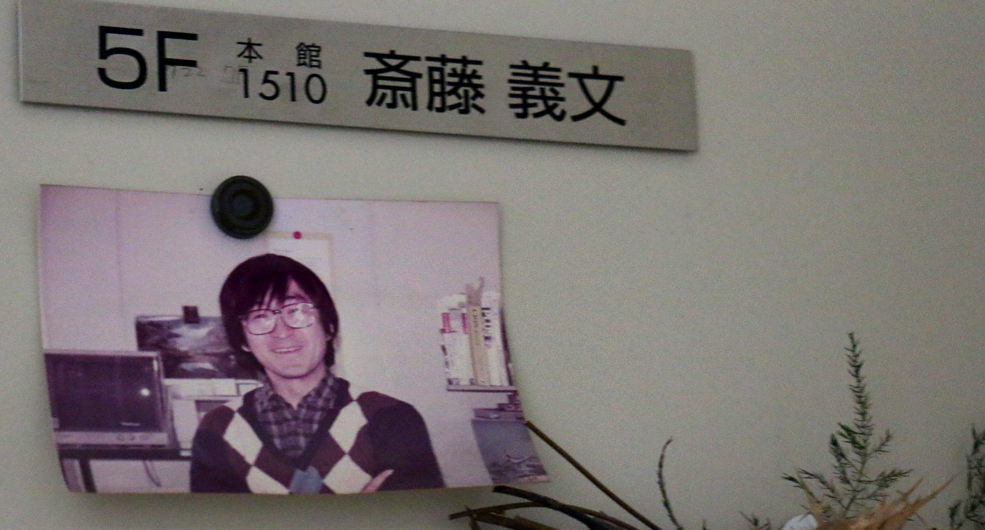
Dr. Saito: I put on weight when I was in the Svalbard archipelago in the Arctic Circle for a rocket experiment. The Arctic Circle is cold so I was eating four times a day. While I was 72 kg when I arrived, I came back after one month at 83 kg. The quantity of each meal was quite large, so, of course, you end up getting fat if you eat four times a day. I may be going back to the Arctic Circle in January 2019, so I might put on some weight again.
——We’re looking forward to seeing your growth!
For Young People Who Want to Become Researchers
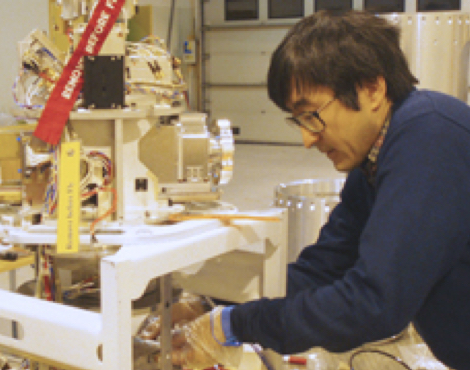
——When JUICE reaches Jupiter, today’s elementary school students will be researchers at the time. Do you have any advice for people who want to follow the path you have taken as to what they should be aware of?
Dr. Saito: In terms of study, I think it’s best to have a general education. Of course, there are specialist fields such as programming that are useful for making observation equipment, but rather than just studying one area, it is better to widen your fundamental perspectives as a whole, which will be useful in the future.
While advanced areas can be attained through imitation because some amazing work has already been done by other people, different methods will be required when you take a further step in research and development, so I think that people should expand their range to the extent possible while they are still young.
Above all, researchers must be curious, but curiosity is not something that just arises automatically. Endlessly taking on new interests ultimately means that great strengths can be demonstrated by combining fundamental studies in all areas.
——A wide range of view creates curiosity, then. Do you have any specific advice for people who want to go to graduate school or for those who want to do a PhD or become researchers rather than just doing a Master’s degree?
Dr. Saito: While at junior or senior high school, the curiosity that I just spoke about is probably still alive, but from there on, it is necessary to have a spirit of taking on challenges when one is thinking about entering research. I feel that creativity and taking on challenges may be more about practice than about having a natural disposition. It’s not a problem if you go in a slightly different direction, so, first, just try. The process of “doing” can lead to various opportunities.
It is my duty to create such an environment for young people, and, if they enter space research, I can help to open up various possibilities. JUICE will reach Jupiter in 2029. It will start to orbit Ganymede in 2032, so I think the mission is to pass JUICE on to the next generation.
build up step by step
As Project Manager of JUICE JAPAN
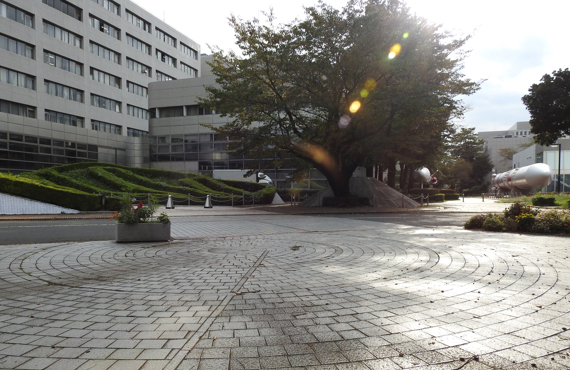
——What is your objective view of yourself as a Project Manager?
Dr. Saito: I think I’m 40-50% along the way to being the manager that I want to be.
As for the development content of this Project, I can utilize the experience that I have from the past, but I am a novice when it comes to the role of “linking” with research centers and with Europe, so I think I still have a long way to go as a manager. However, I will get there with the help of the many individualistic members.
There are many people with lots of past experience in major projects in space research and many who have experience as project managers, and I want to learn from them, but the JAXA methods have changed from before, so, as a Project Manager, I am developing every day rather than just copying them.
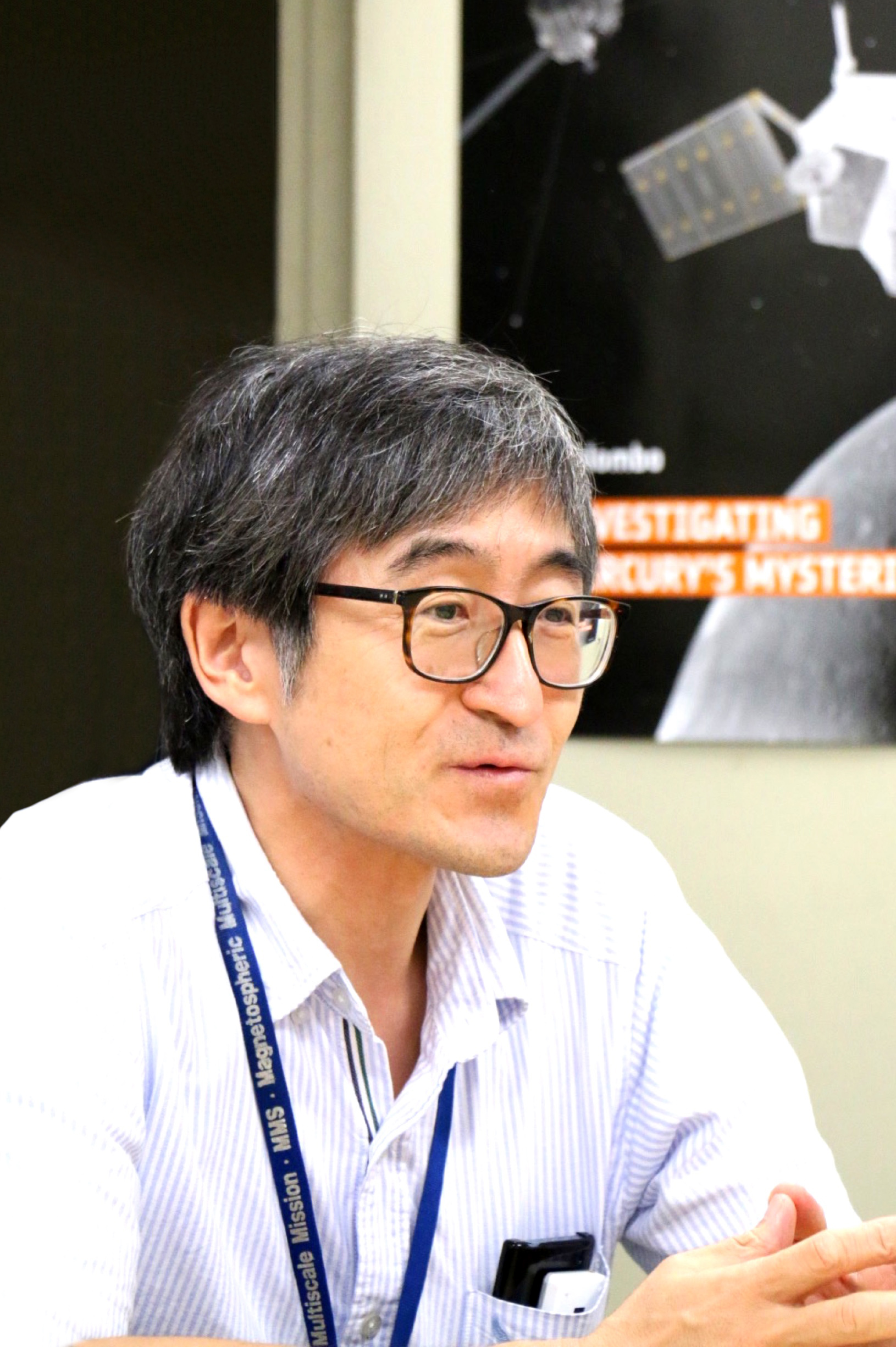
——Has your mentality changed since the start?
Dr. Saito: As for the mission, it is still “to launch an object,” but the activities with young people are even more enjoyable because of the various ways that we complement each other. There is an increasingly strong feeling that the people who are involved are “combining their ideas together.” As we go through each stage, the expectations placed on participating JUICE JAPAN members are increasing. In addition to the increased trust in equipment development, there are also expectations about synergy from interpersonal relations in the project.
There should also be even greater stimulation from the interaction with superior researchers from other countries that has been ongoing since BepiColombo, as well as involvement with SELENE members with whom a trusting relationship is already in place, and the future participation at each stage of JUICE JAPAN players from various organizations around Japan. Through mutual stimulation, and by not immediately disregarding anything, the project will make huge progress. You can look forward to international trust that is built up over a long time, connections between various organizations and people, and greater range and depth due to those connections.
——Generally, management and specialists often have completely different points of view, but are you concerned about global and organizational oversight?
Dr. Saito: In terms of manufacturing, it’s about combining the desire to take on challenges and actually making efforts. Risks can be enjoyable, and they are needed to some extent, but I am aware that failure as an adult is not an option. However, I think the only option is to look beyond the risk, to build up the facts and to produce results. With trust in our experiences and senses, we can only move forward with a strong will by creating the right environment step by step.
I am convinced that JUICE JAPAN members in any role will move forward toward the goal of accomplishing the Project.
——We are supporting you as we place the dreams and the future of mankind on your shoulders. Thank you very much for your cooperation in this interview about everything from the project through to your daily life. We are looking forward to seeing JUICE JAPAN in the future!
Dr. Saito: Thank you very much. Please keep on supporting us, as we need it for many years to come. We will live up to your expectations!
Interviewed by Nishikawa, Nyan & Co.

